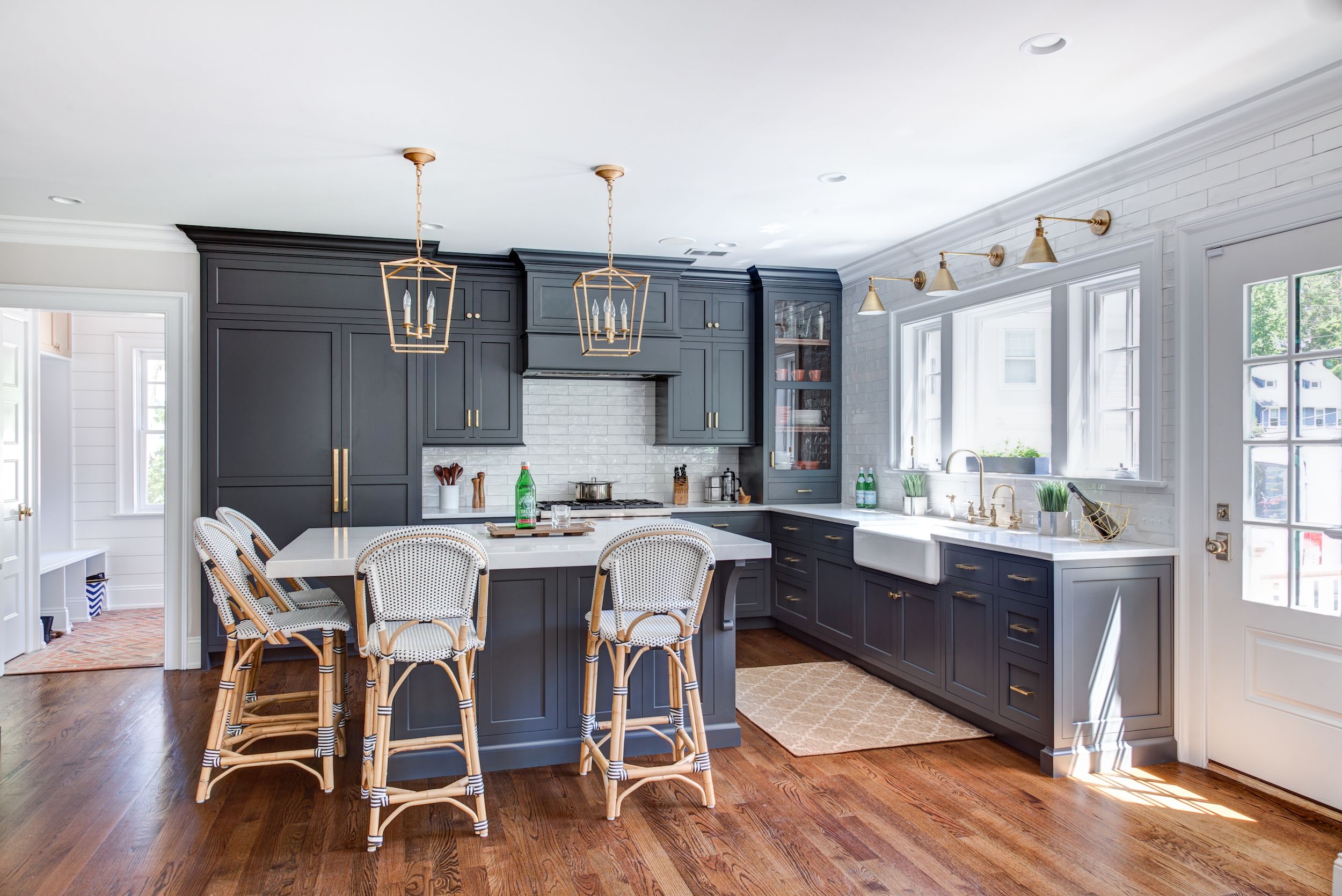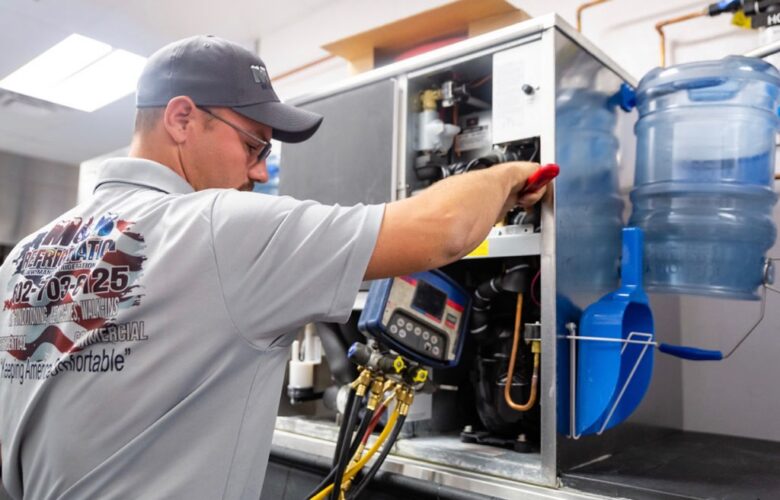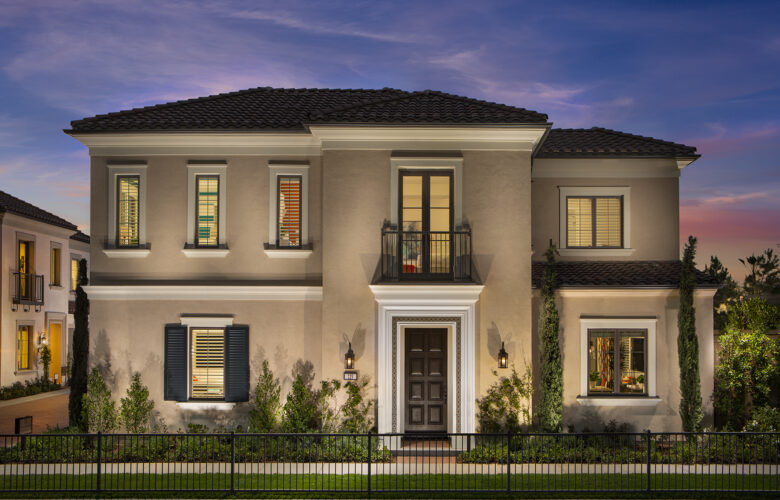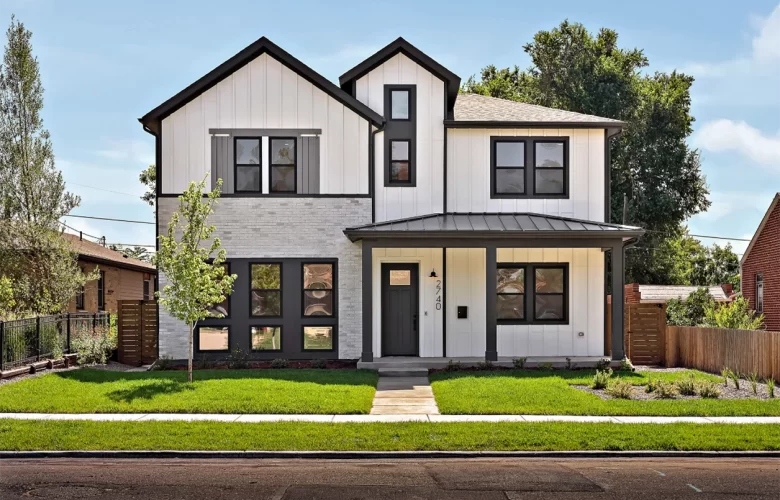Planning a custom kitchen can be an exciting but daunting task. It’s an opportunity to create a space that reflects your personal style and caters to your specific needs. However, with so many alternatives at hand, it can be overwhelming to know where to start.
Fret not; you are not alone.
Here are some tips to help you plan your dream custom kitchen!
A] Define Your Needs and Wants
The first step in planning your custom kitchen is to determine your needs and wants. Make a list of the features you need in your kitchen. This can include a specific layout, storage solutions, and appliance preferences. Then, create a list of features that you would like to have, but aren’t essential. This will help you prioritize based on your budget and save you from excessive expenditure.
B] Consider Your Layout
The layout of your kitchen is essential for functionality and convenience. Consider factors such as traffic flow, work zones, and seating arrangements. Have a layout that ensures essential kitchen areas are easily accessible, but spaced enough apart to prevent congestion.
C] Maximize Storage
One of the biggest challenges in kitchen design is maximizing storage space. Custom cabinetry can help you make the most of every inch of your kitchen, including the use of corner cabinets, pull-out shelves, and vertical storage. In this regard, RêveCuisine kitchen cabinets can be your best bet when it comes to custom cabinets.
D] Choose Your Materials Wisely
When planning a custom kitchen, it’s essential to choose materials that not only look beautiful but are also durable and functional. For instance, quartz or granite countertops are not only visually stunning, but they are also durable and easy to maintain.
E] Consider Lighting
Proper lighting is essential for both functionality and ambiance in your custom kitchen. Consider incorporating a mix of task lighting, ambient lighting, and accent lighting to ensure that your kitchen is well-lit and welcoming. You can also use lighting to highlight features such as a statement backsplash or under-cabinet lighting.
Planning a custom kitchen requires careful consideration of your needs, wants, and budget. You can also consult professionals who can help you make informed decisions. With these tips, you can create a space that is both beautiful and functional, while also reflecting your personal style. Take the time, put in errors and design a kitchen that you will love for years to come!




